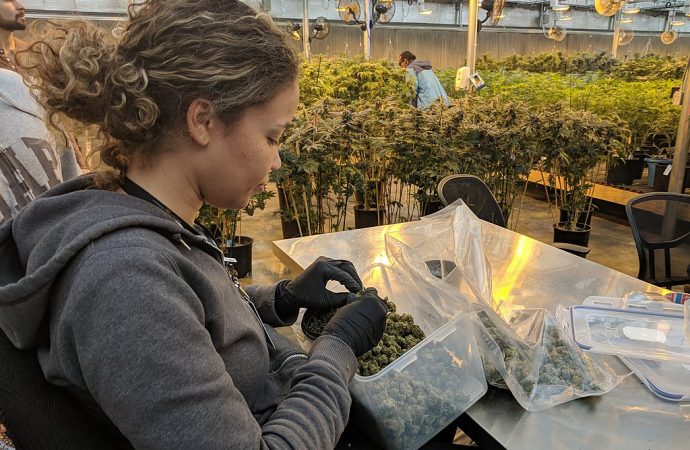The marijuana plant contains over one-hundred cannabinoid components. Besides being known for their mind-altering capabilities, cannabinoids, such as THC and
What we know about cannabinoids is still very little. The study of medical properties of cannabinoids is limited both by legal restrictions in the plant’s cultivation, Cannabis
The need to get these cannabinoids quickly and in large quantities drove researchers of the University of Berkeley to think of artificial synthesis. The yeast Saccharomyces
The engineering of yeast strains to produce cannabinoids was published on February 27, in a report for the Nature journal. The team hopes to set the foundation for the cheap, large-scale fermentation of cannabinoids, and expand the range of components that the strain can produce.
References:
Luo, Xiaozhou, et al. “Complete Biosynthesis of Cannabinoids and Their Unnatural Analogues in Yeast.” Nature News, Nature Publishing Group, 27 Feb. 2019, www.nature.com/articles/s41586-019-0978-9.
More about Cannabinoids:
Jonathan Andrew Farrimond, et al Cannabis sativa and the endogenous cannabinoid system: therapeutic potential for appetite regulation. Phytotherapy Research, Wiley-Blackwell, 2011, <10.1002/ptr.3375>. (OPEN ACCESS)
Coulston, Carissa M., et al. “Cannabinoids for the treatment of schizophrenia? A balanced neurochemical framework for both adverse and therapeutic effects of cannabis use.” Schizophrenia research and treatment 2011 (2010). (OPEN ACCESS)
Delmàs, Marta Durán, and Dolors Capellà
Image Credit:
My 420 Tours [CC BY-SA 4.0], via Wikimedia Commons





